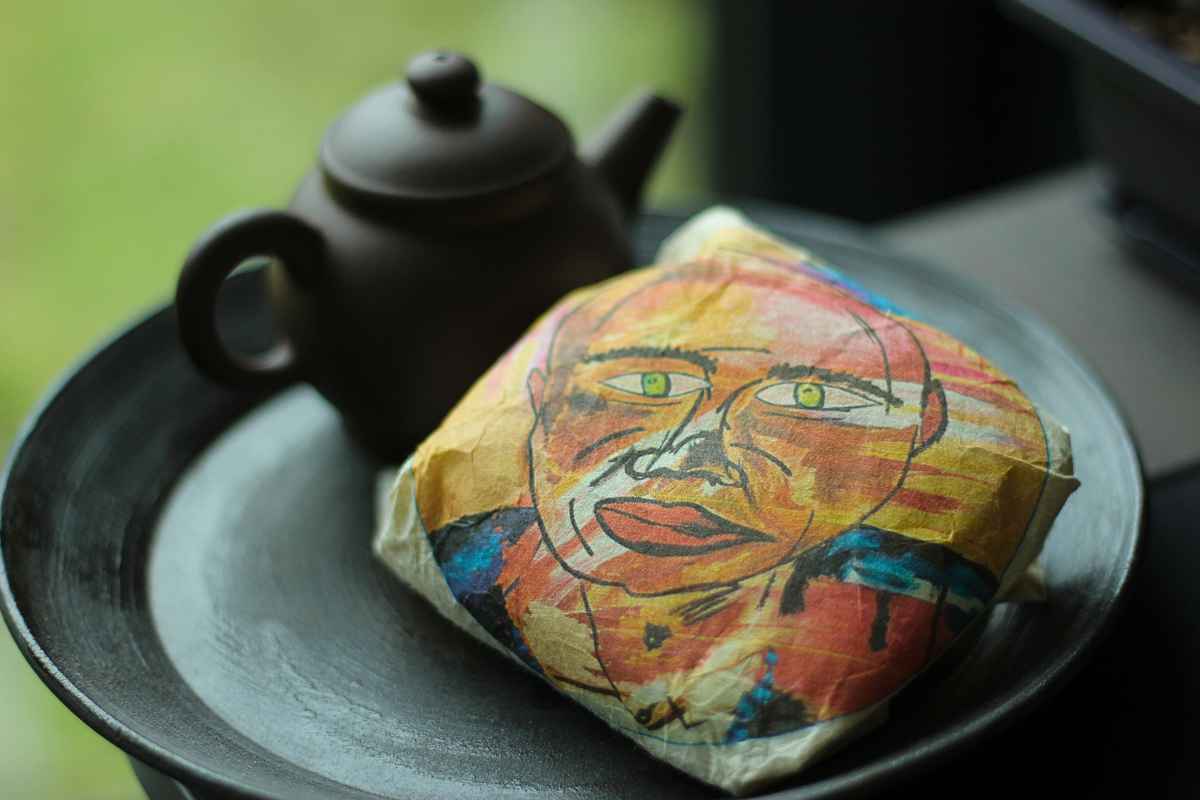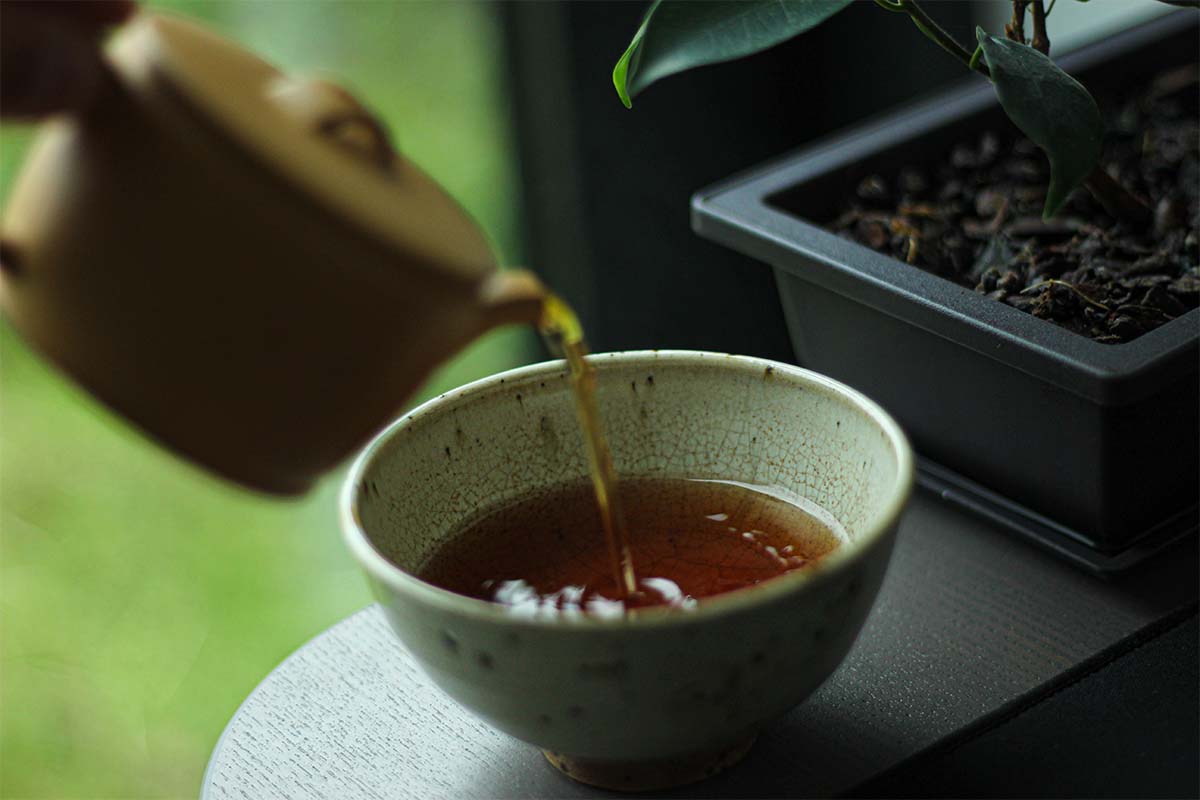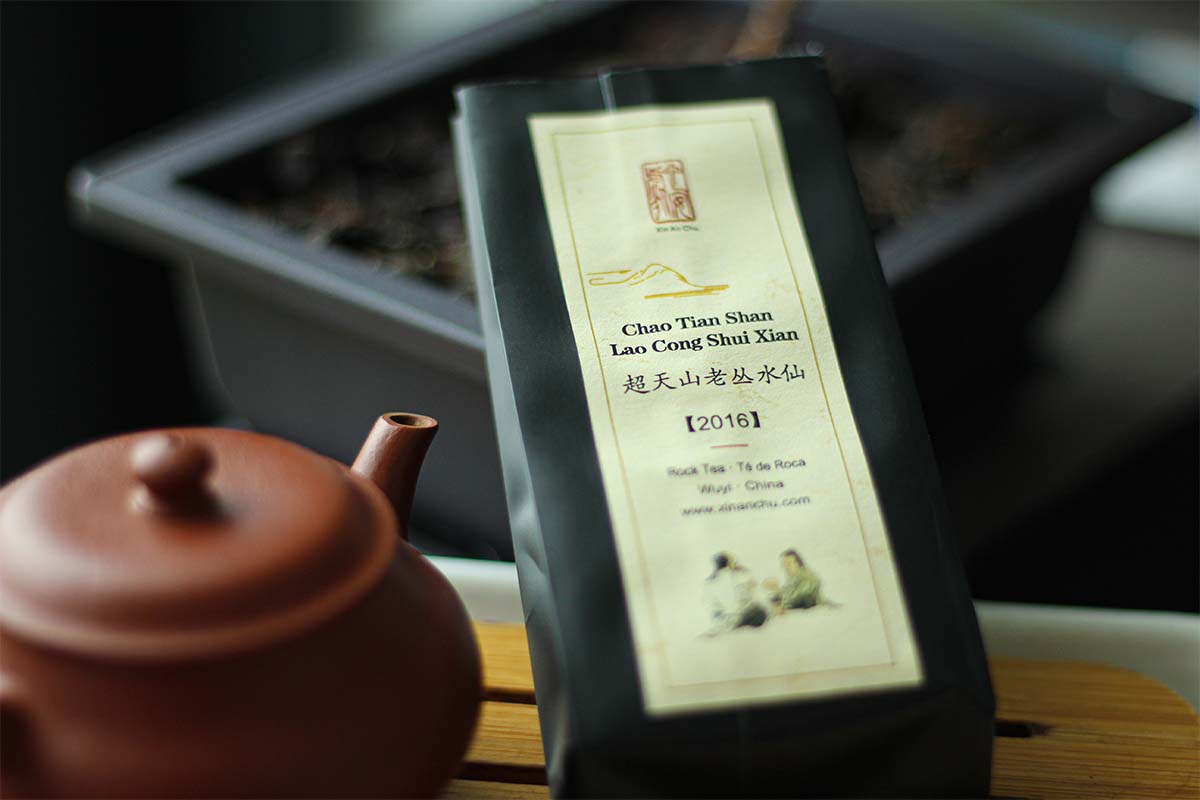This month’s white2tea club is all about Lapsang Souchong tea. People in the west refer to this tea as a black tea, but it is actually red tea because they use a different classification system in the East. In the Western world, people classify tea on the basis of the colour of the leaves, while people in the East look at the colour of the liquor. For the sake of simplicity, I will refer to this tea as ‘black tea’. In today’s article, I will explore the unsmoked versions in this month’s tea club: Traditional Lapsang, Fruit Bomb Lapsang and Herby Lapsang.
Lapsang Souchong
Lapsang Souchong is one of the most famous black teas in the world and was probably the first black tea to be commercially produced. Most people know this tea due to its particular smokey flavour. However, this is not necessary to be classified as a Lapsang Souchong. There are also unsmoked variants of this tea and three unsmoked ones are included in this month’s tea club. This shows that you don’t need to drink something like liquid campfire to enjoy a high-quality Lapsang Souchong.
Are you living in Europe and curious to find out where you can order your tea online without paying extra import taxes? I made a list of online tea shops in Europe so you don’t have to order from the US or China.
Lapsang Souchong (or Zhengshan Xiaozhong) originally came from Tong Mu village in the Wu Yi Shan area in Fujian Province, China. One way of producing this tea was smoking it but I will not go into detail about that here as I will be tasting the unsmoked versions today. Some people call all black teas from the Wu Yi Shan area Lapsang Souchong, even when it’s unsmoked. This is the case for the white2tea club of July 2019: Traditional Lapsang, Herby Lapsang and Fruit Bomb Lapsang. It’s quite interesting to compare these leaves as the origins are fairly similar. The point is not to compare the differences in production but the focus is more on which direction the style can take.
Tea Tasting
I did not taste all three teas in one session as I wanted to fully use the leaves before throwing them away. This was the reason I drank a lot of tea on the first day so I didn’t feel like tasting the final tea in the same session. I had the Traditional Lapsang and the Fruit Bomb first. Brewing the Herby Lapsang was the first thing I did the next day. I used the exact same parameters to brew these three teas. The water was 99°C, I used 5g of leaves for a 130ml Yixing teapot and I did a short rinse before the regular infusions.
Traditional Lapsang
The dry leaves look a bit small and have a black colour. They have a twisted shape and there is a certain maltiness noticeable in the smell. In addition, I’m also getting some notes of fresh tomatoes.
The smell of the wet leaves reminds me a bit of large and fleshy tomatoes in combination with a soft maltiness. The leaves have a brownish colour and I guess that the picking is up to the 3rd or 4th leaf.
During this session, I experienced a deep maltiness that is not really at the surface. In the beginning, I also got some notes of fresh tomatoes. Later into the session, the maltiness became more prominent. It was, however, not too intense. It was a pleasant kind of maltiness. It might seem weird but I could taste notes of fresh tomatoes throughout the session; not really prominent but somewhere in there.
Fruit Bomb Lapsang
The dry leaves look more or less the same but these ones seem a tiny bit longer. The smell was malty with prominent notes of honey and exotic fruits.
The smell of the wet leaves doesn’t have a clear maltiness. It’s mainly exotic fruits and some citrus notes.
The main flavours were honey with exotic fruits. This tea resembles a Dan Cong oolong, in my opinion, as it is very fruity and has strong flavours. In addition, there is also some citrus in the finish and a sweetness in the aftertaste. This tea is unlike anything I expected from a Lapsang Souchong, which is really positive! There is a subtle maltiness throughout the session but the main flavours remind me of a Dan Cong, which is why I’m a big fan of this tea.
Herby Lapsang
The dry leaves are very fine, long and twisted. Again, very similar to the other Lapsangs. There is a warm smell that has herby notes to it, even a bit spicy.
The warm smell is still present but now the smell reminds me a bit of freshly made spaghetti sauce. These leaves are also the largest of the three; they are slightly longer.
Throughout several infusions, I got a malty undertone in combination with some savoury notes. It’s difficult to pin down the exact flavours. The flavour profile is clearly a herby one but I can’t really name the specific flavours. I’m getting some savoury and juicy notes that are almost like big and juicy tomatoes. Because the malty undertone, this tea resembles the Traditional Lapsang more than the Fruit Bomb. It’s not completely the same as I also experienced some fruity notes further into the session.
Conclusion
The Traditional and the Herby Lapsangs were quite similar, while the Fruit Bomb was something else. Towards the end, the Herby Lapsang also showed some traces of fruits but nothing as spectacular as the Fruit Bomb. If you’ve been reading this blog for a while, you know I’m not the biggest fan of black teas. While drinking these teas, this became clear once more. It’s not that I did not like the Traditional and Herby Lapsangs, I just liked the Fruit Bomb a lot more. For me, this one did not really taste like a black tea but more like a Dan Cong oolong. These were three interesting sessions as they showed how different styles of the same tea can turn out completely different. I’m curious to experience how the smoked Lapsangs do in comparison to these ones. If I have to rank the teas, the Fruit Bomb is number 1, the Herby number 2 and the Traditional Lapsang takes the third spot. Isn’t it funny that the one I like the most didn’t really taste like black tea?
If you want to be part of white2tea’s tea club? This link will take you to the website where you can subscribe.




